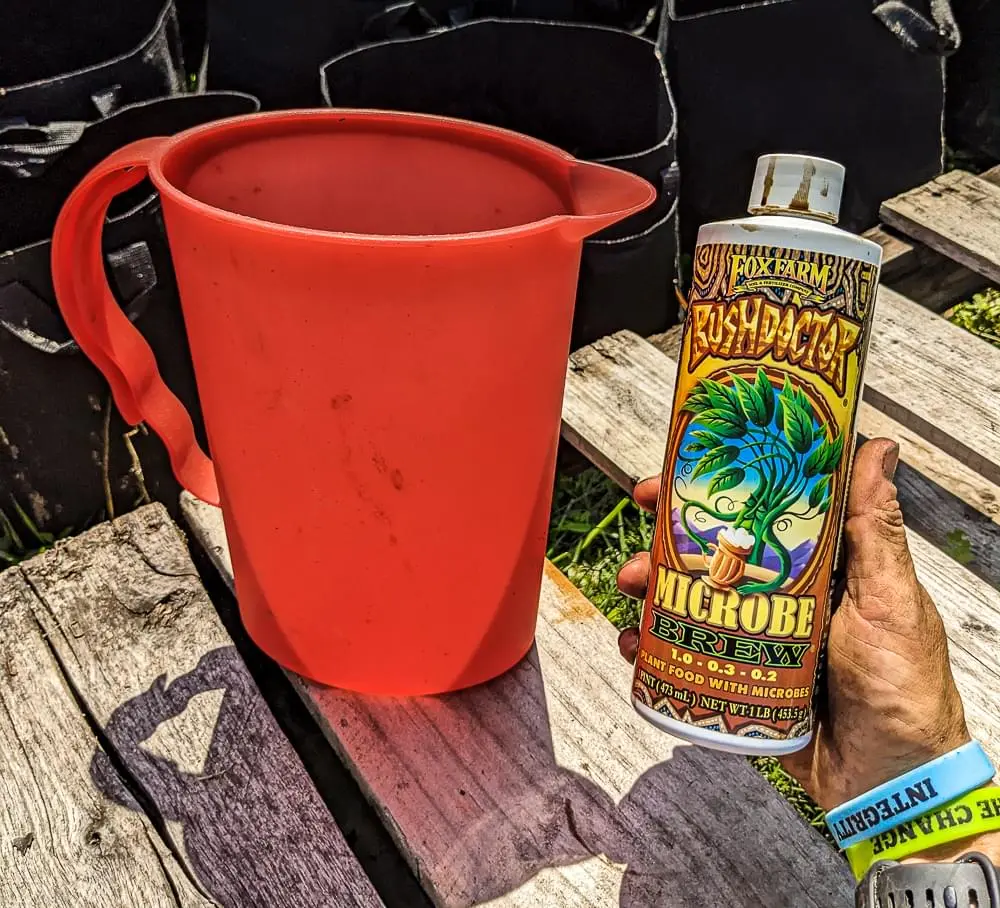by Denise Crawley
As the summer sun begins to beat down on us, it brings with it a set of challenges for gardeners. The heat and humidity create the perfect breeding ground for pests and diseases, and the intense sun and frequent rain can be harsh on delicate leaves and flowers and can cause plant stress.
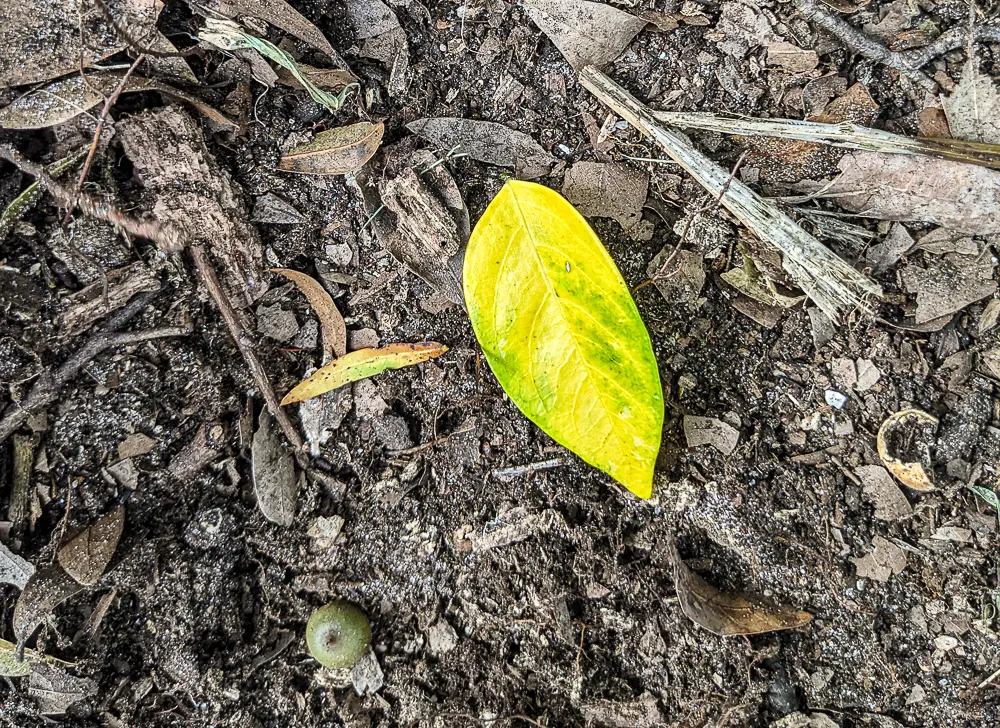
This summer, spend some time each week walking your yard and inspecting your plants. Remove anything that looks unhealthy or shows signs of infestation to prevent further damage.
What to grow this summer?
So what is the best thing to grow this summer that won’t succumb to the heat, won’t die of neglect during your travel plans, and will set your garden up for success? Soil!
Summertime provides ideal conditions for the decomposition of organic matter, making it the perfect time to focus on improving your garden’s soil.
What is soil?
Soil is a combination of organic matter, minerals, water, and air– but that’s not all! It is a very complex ecosystem full of little creatures that break down organic matter into nutrient-rich soil. They can also break down pollutants into less harmful substances!
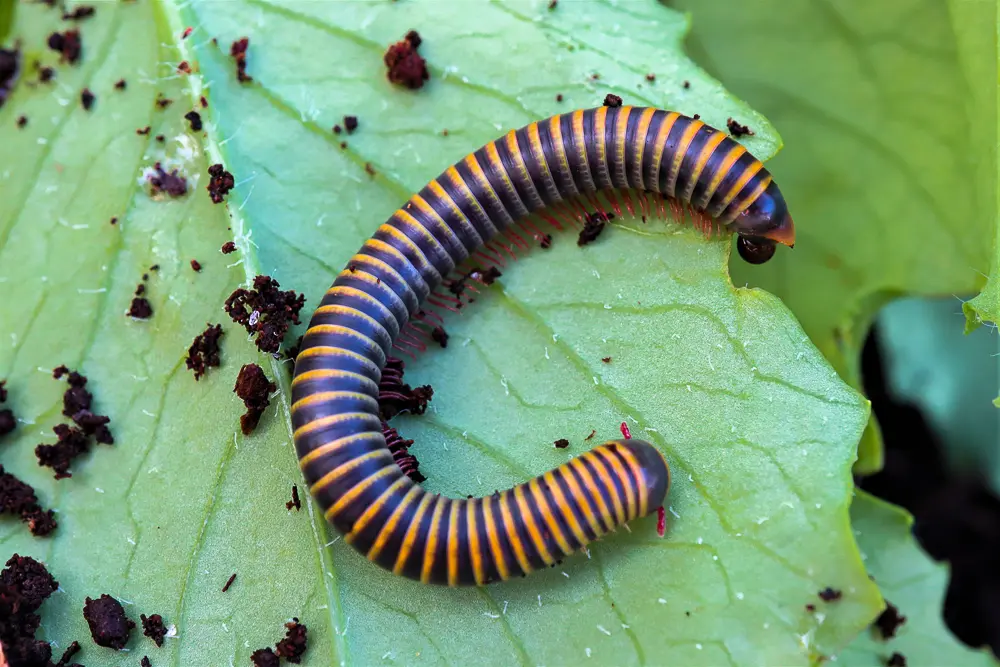
Some of these critters we can see, such as earthworms, millipedes, and ants, but there are also trillions of other creatures in the soil that are so small that we cannot see them without a microscope.
Soil microbes
Despite their small size, these little superheroes are incredibly important to our planet, and their complex communities play a huge role in the success of our gardens.
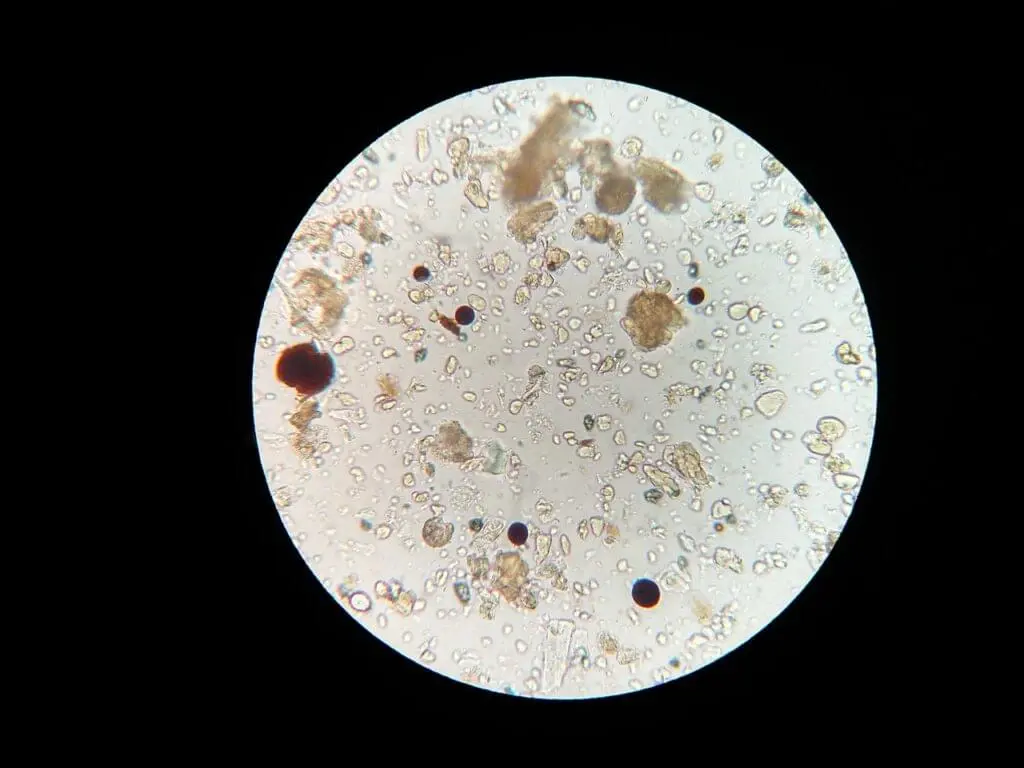
It’s important that we protect these creatures. If we provide them with the right conditions and nutrients, they’ll reward us with bountiful gardens and a healthier planet.
Microbes are everywhere – in soil, water, air, and even us.
A spoonful of healthy soil contains trillions of microbes. If you want to add microbes to your garden, simply take a handful of healthy soil and tuck it under a layer of mulch. They will multiply rapidly, release nutrients, and with time, create a healthy environment for plants to grow.
If you don’t have access to healthy soil, you can grab a bottle of Microbe Brew at Rockledge Gardens. It contains beneficial microbes like fungi and bacteria to kickstart your garden’s ecosystem. I use it when I first start a garden bed, grow bag, or compost bin.
Everything we do impacts soil life.
Destructive practices like tilling, digging, compaction, and overusing chemicals like fertilizers, pesticides, and herbicides will destroy the tiny habitats and networks the soil life has worked so hard to build.
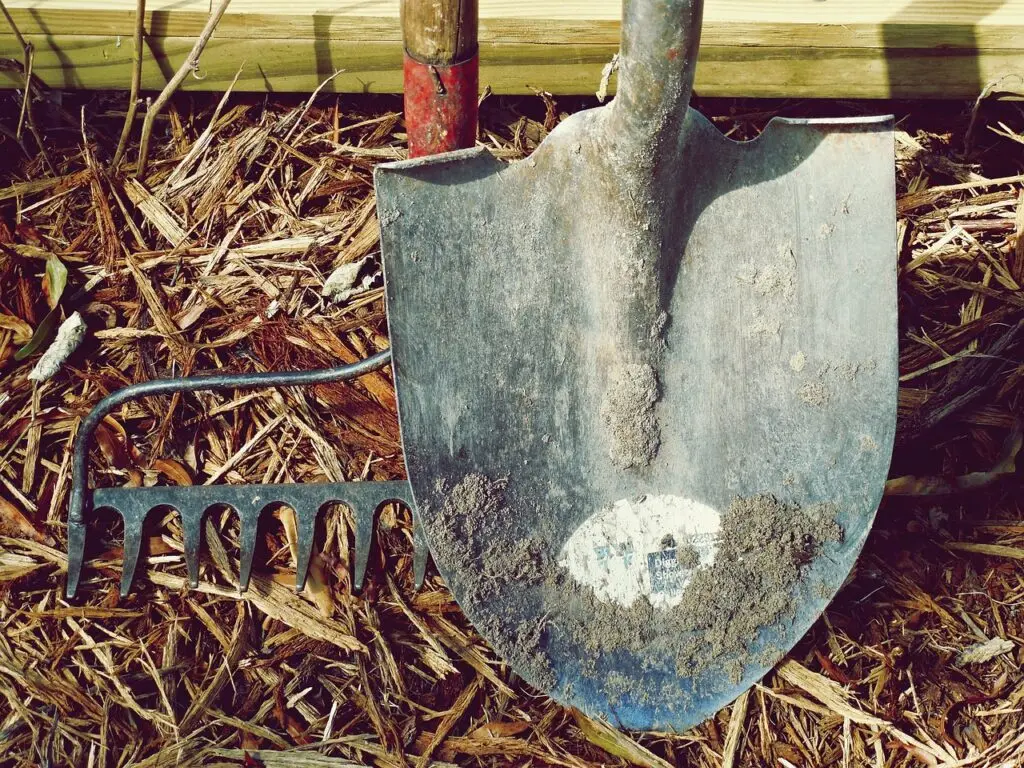
When we add natural resources like mulch, cover crops, and compost to our garden beds, we provide them with food and resources that they can use to build up their communities. There are many amendments to experiment with!
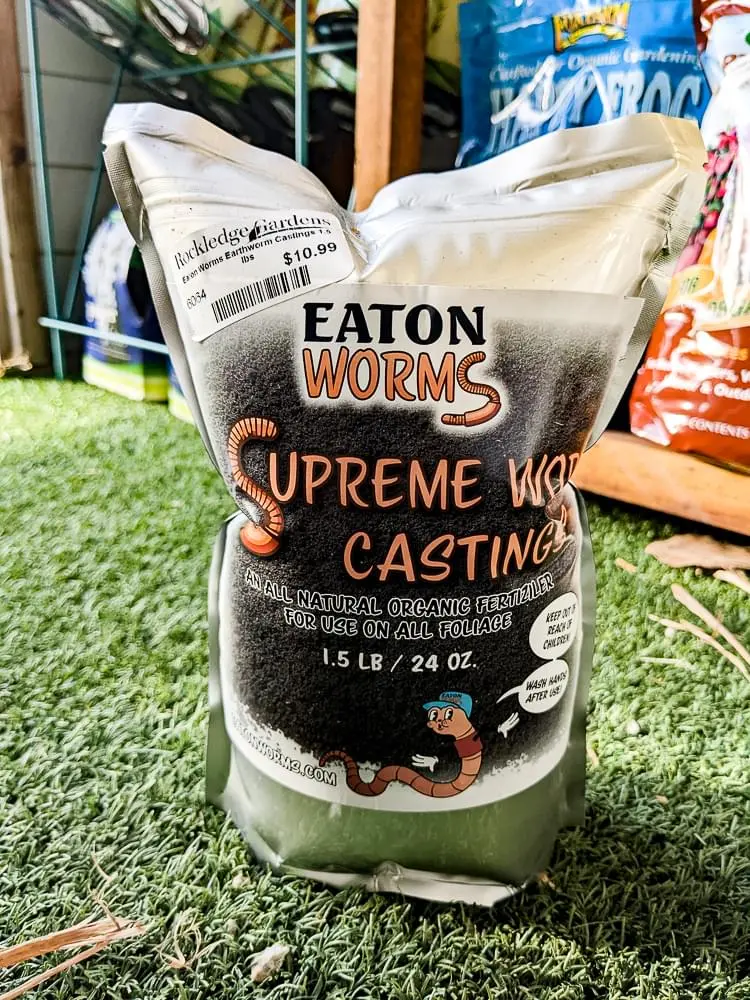
A step-by-step guide to growing soil in the summer
During the summer months, I shift my focus from planting plants to growing soil. This way when it’s time for my fall garden, the plants are better able to resist pests and diseases, retain more nutrients, and in return, provide lots of natural and nutritious crops.
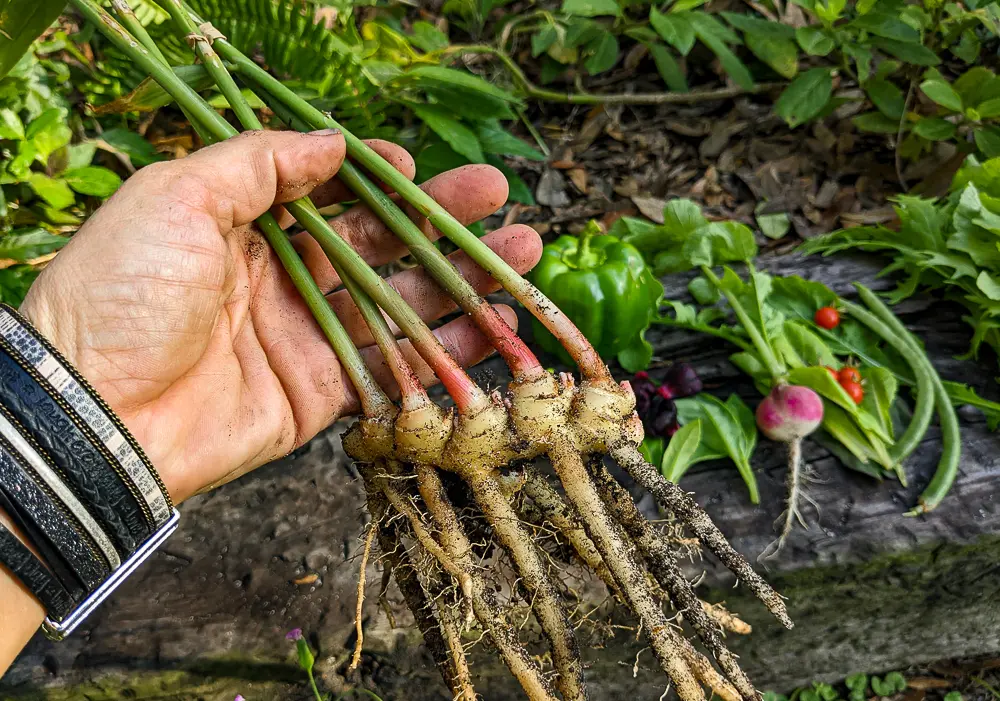
Step 1: Clear out old and spent plants
I start out by cutting back annual plants to the ground (leaving the roots in the ground for the microbes!) and cleaning up the perennials. I chop up leaves, twigs, and branches and lay them on the ground throughout my garden beds like mulch.

*If you see any obvious signs of pests or disease, it may be best to dispose of that matter in the trash or hot compost.
Step 2: Cover the soil with organic materials.
Once the old plants are cleaned up and cut back, it’s time to start layering natural materials. This will help suppress weeds, keep moisture in, and feed/shelter the microbes.
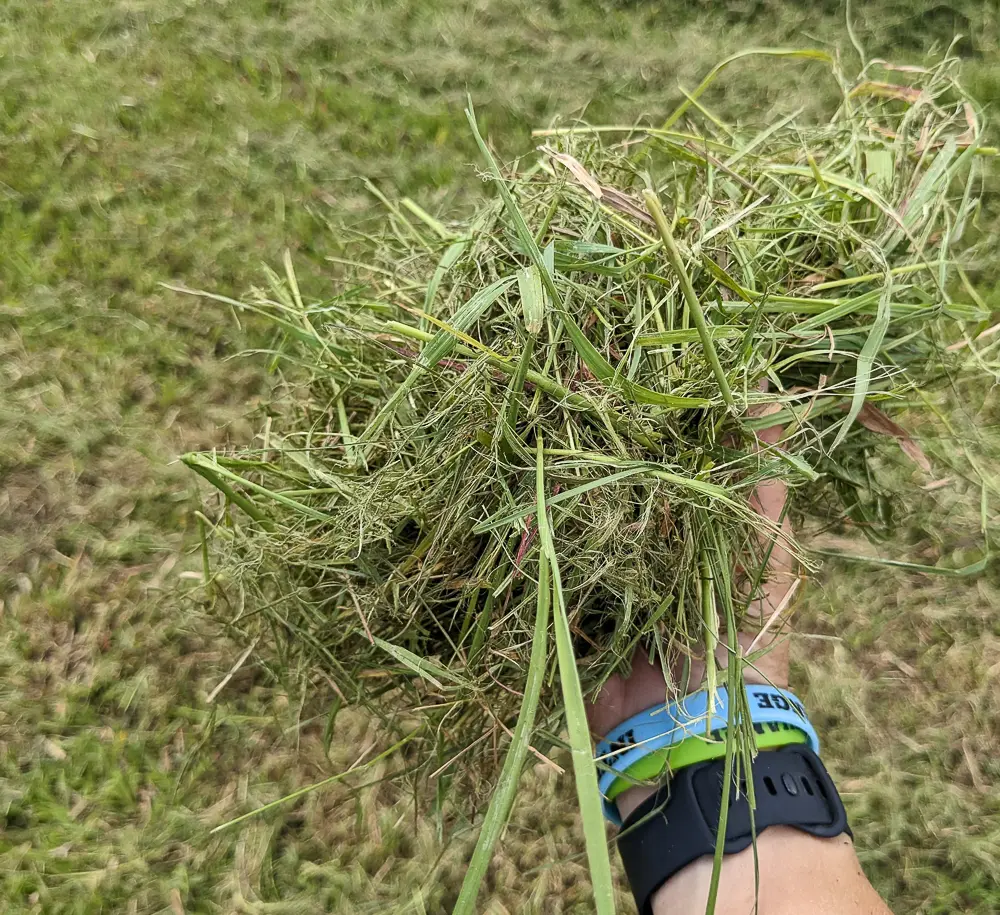
Use what you’ve got! I have an abundance of grass clippings, oak leaves, twigs, chop-and-drop, and compost, so that is what I use.
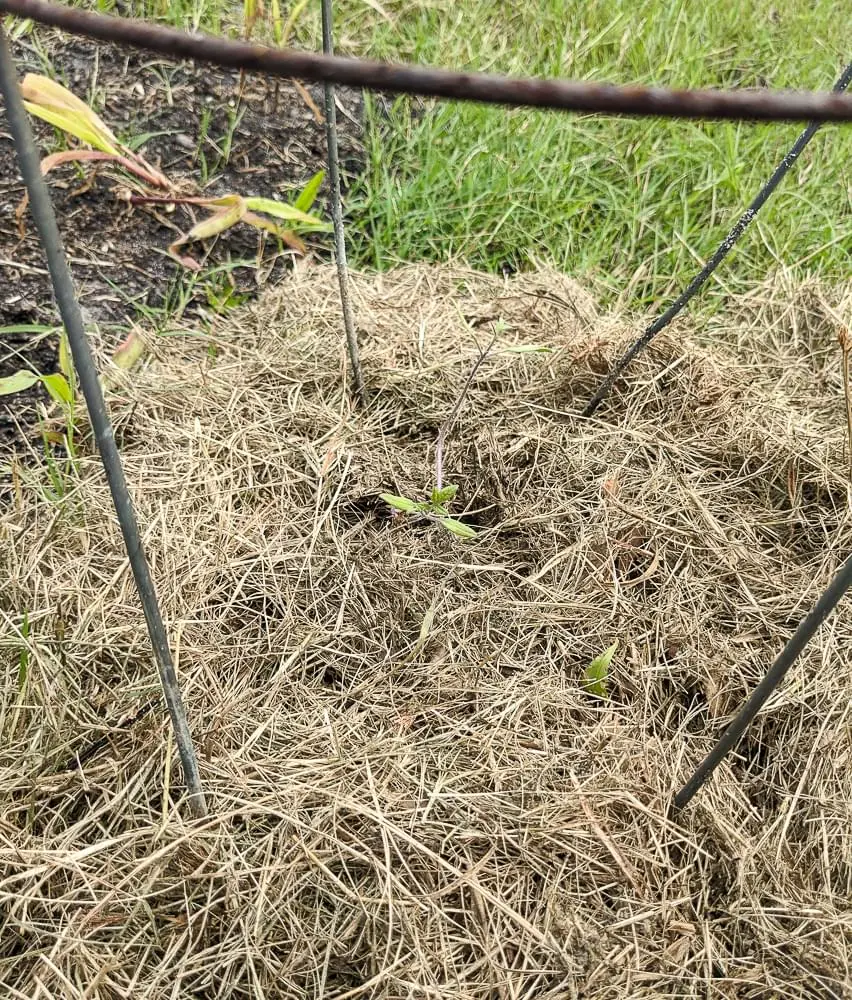
The options are endless! Straw, hay, mulch, manure, humic acid, seaweed, cover crops, and anything that you’re comfortable with breaking down into your food or garden.
Step 3: Water
Microbes require moisture to break down the organic matter and release its nutrients, so the next step is to make sure the soil stays adequately watered.
Improper watering is the number one cause of plant death!
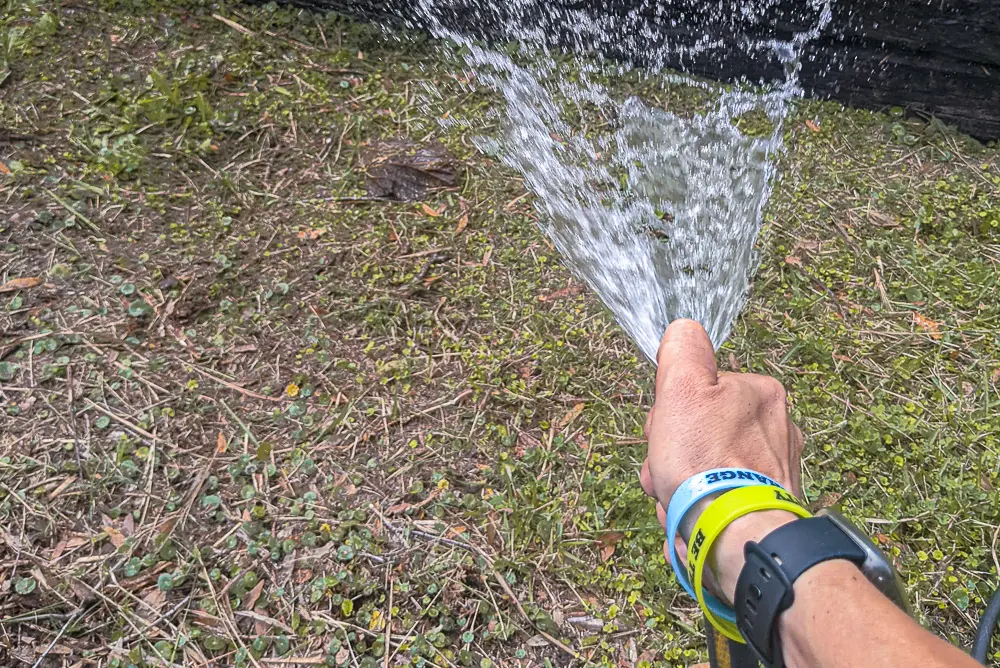
Too much watering can be just as detrimental to the soil as not enough water, so how do you know how much to water and when?
The answer is, it depends. It’s not about how much water you use, but how your soil retains it.
Dry, sandy soil has larger pore spaces between soil particles so the water and nutrients drain through quickly, so the plants can’t access it. As root systems spread and organic matter builds up, pathways are created for water flow and the organic matter acts as a sponge that provides a consistent source of moisture and nutrients.
Once your soil communities are built up, watering and fertilizing become less of an issue.
Step 4: Let the soil rest
This step is my favorite. You simply sit back, relax, and enjoy your summer while the microbes work hard to break down the material into nutrient-rich soil.
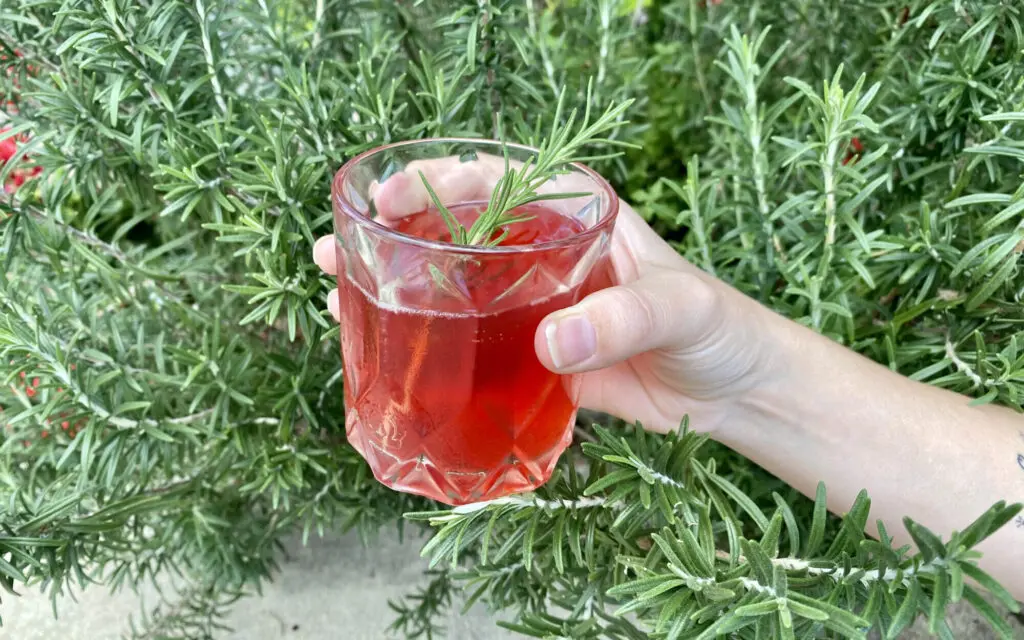
This is a great time to start planning what you want to plant in the area once the days start to cool off.
Bonus – Growing soil in grow bags
Now that you have an understanding of how microbes work, you can use grow bags as a way to cultivate them too. Create a rich environment by adding organic matter to the grow bags, such as compost, topsoil, and worm castings. Add a handful of healthy soil or some Microbe Brew and let the fun begin.
The microbes will continually break down the organic matter so make sure to keep adding in some leaves, twigs, mulch, and other natural materials. During the summer, I like to toss in some cover crops and cowpea seeds.
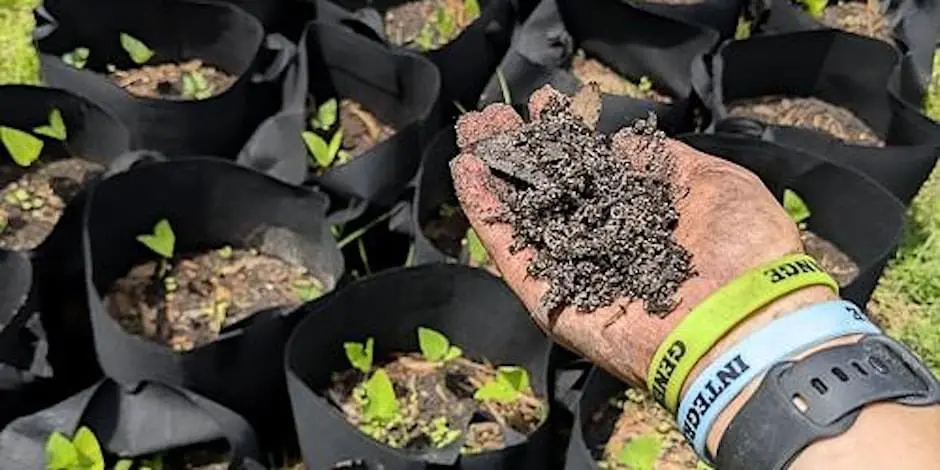
Once the microbes have established themselves in the grow bags, you can spread handfuls of this nutrient-rich soil around your garden to introduce beneficial microbes into your garden and start the cycle all over again.
Let’s Grow!
Not only will growing soil properly be an amazing improvement for your garden, but you’re also doing your part to help rid Brevard County of a little bit of pollution, one speck at a time.
If we all focused more on growing soil, aka the life that lives within it, collectively we can improve the health of our entire county. This summer, let grow soil!

